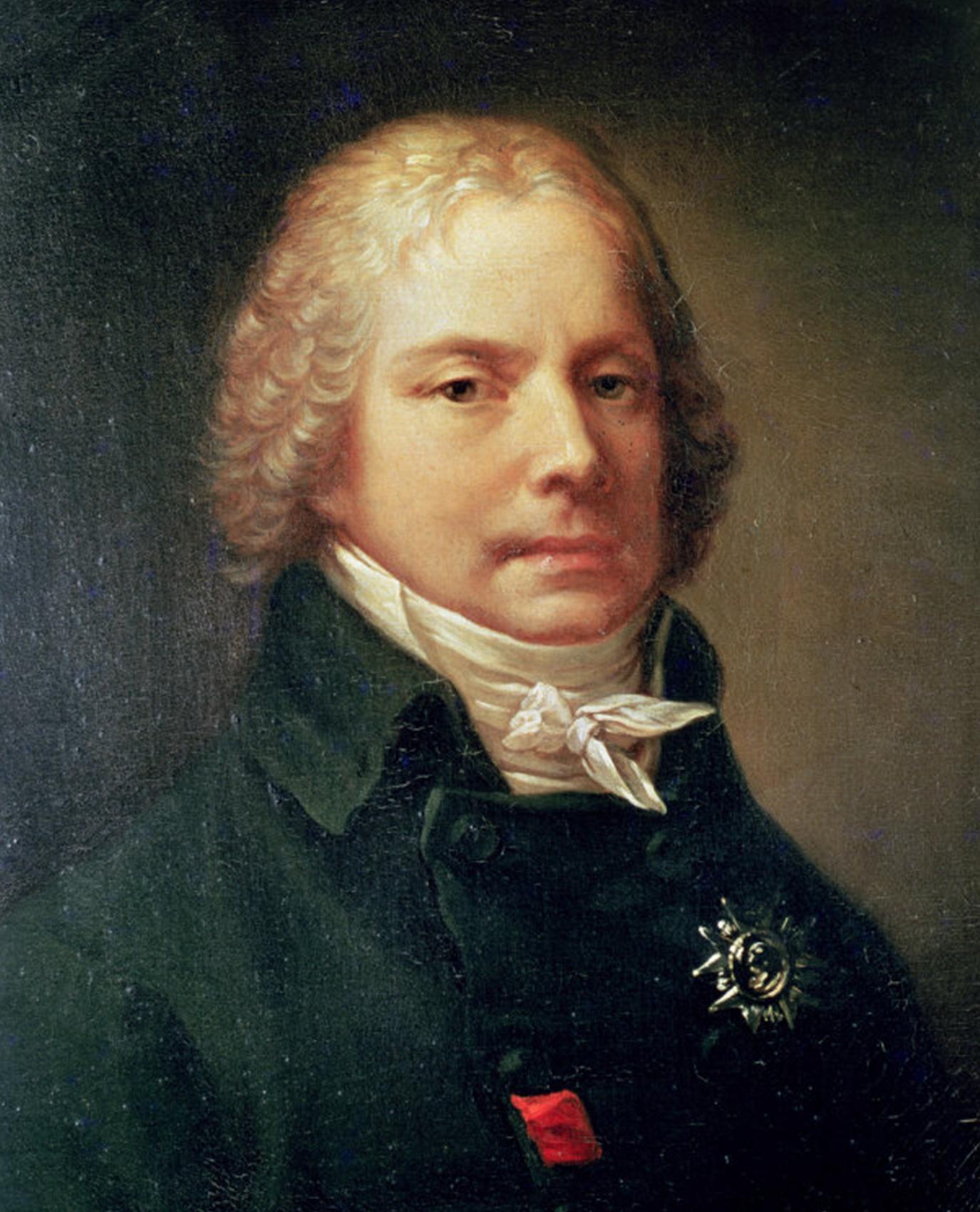Glen
Moderator
Upon achieving independence in 1815, Mexico sought to settle their border with the British Empire. During the earlier conflicts with Spain, Britain had done well in the islands, but less so on the mainland, which had decreased interest in British Honduras, especially with more ready sources of supplies from the British South to the Caribbean. Of more concern to the British was settling the border between Mexico and British Louisiana. There was a great deal of debate as to where the British lands ended. Eventually, the Mexicans agreed to recognize the Sabine River from the Gulf to its headwaters, and then a line due north to the Red River, which the border would follow west to its source, and then a line due north to the 36-30 border with America. In return for this favorable definition of the Louisiana border, the British agreed to a transfer of the protectorate of the Mosquito Coast and British Honduras to Mexico, but only with the addition of a right of transit to the Pacific along the San Juan River to Lake Nicaragua and then to the sea.
After Napoleon's defeat and death in 1815, the Congress of Vienna saw the final settlement of the Napoleonic Wars.
The former Dauphin of France had been removed from prison as a teenager and made a ward of Napoleon. Affection for the former heir to France grew in Empress Josephine and, some say, even Napoleon, whom the boy came to worship. When it had become clear that Josephine would bear no heir to Napoleon, Boneparte took the step of formally adopting the boy as Louis Charles Boneparte, but never named him his heir, perhaps fearing his own overthrow, until on his deathbed in 1815. The 30 year old Louis Charles Boneparte became Emperor Louis Napoleon I and the Congress accepted him as rightful ruler of France. While France would be reduced from the heights achieved under Napoleon Boneparte, it was not so bad as it could have been, mostly due to the able negotiations of Tallyrand

Tallyrand
Provisions of the Congress of Vienna included:
* Russia was given most of the Duchy of Warsaw (Poland) and was allowed to keep Finland.
* Prussia was given a portion of Saxony, parts of the Duchy of Warsaw (the Grand Duchy of Posen), Danzig, and the Rhineland/Westphalia.
* A German Confederation of almost 40 states was created from the previous 360 of the Holy Roman Empire, under the presidency of the Austrian Emperor. Only portions of the territory of Austria and Prussia were included in the Confederation.
* The Netherlands and the Southern Netherlands were united in a constitutional monarchy, with the House of Orange-Nassau providing the king.
* To compensate for the Orange-Nassau's loss of the Nassau lands to Prussia, the United Kingdom of the Netherlands and the Grand Duchy of Luxembourg were to form a personal union under the House of Orange-Nassau.
* Swedish Pomerania, ceded to Denmark a year earlier, was ceded to Prussia.
* The neutrality of Switzerland was guaranteed.
* Hanover gave up the Duchy of Lauenburg to Denmark, but was enlarged by the addition of former territories of the Bishop of Münster and by the formerly Prussian East Frisia, and made a kingdom.
* Most of the territorial gains of Bavaria, Württemberg, Baden, Hesse-Darmstadt, and Nassau under the mediatizations of 1801–1806 were recognized. Bavaria also gained control of the Rhenish Palatinate and parts of the Napoleonic Duchy of Würzburg and Grand Duchy of Frankfurt. Hesse-Darmstadt, in exchange for giving up the Duchy of Westphalia to Prussia, was granted the city of Mainz.
* Austria regained control of the Tirol and Salzburg; of the former Illyrian Provinces; of Tarnopol district (from Russia); received Lombardy-Venetia in Italy and Dubrovnik in Dalmatia. Former Austrian territory in Southwest Germany remained under the control of Württemberg and Baden, and the Austrian Netherlands were also not recovered.
* Habsburg princes were returned to control of the Grand Duchy of Tuscany and the Duchy of Modena.
* The Papal States were under the rule of the pope and restored to their former extent, with the exception of Avignon and the Comtat Venaissin, which remained part of France.
* The United Kingdom was confirmed in control of the Cape Colony in Southern Africa; Dutch Guiana; the Dutch West Indies; and various other colonies in Africa and Asia. Other colonies, most notably Ceylon and the Dutch East Indies, were restored to their previous owners.
* The King of Sardinia was restored in Piedmont, Nice, and Savoy, and was given control of Genoa (putting an end to the brief proclamation of a restored Republic).
* The Kingdom of Naples remained under Joachim Murat, the king installed by Bonaparte.
* The slave trade was condemned.
* Freedom of navigation was guaranteed for many rivers, including the Rhine.